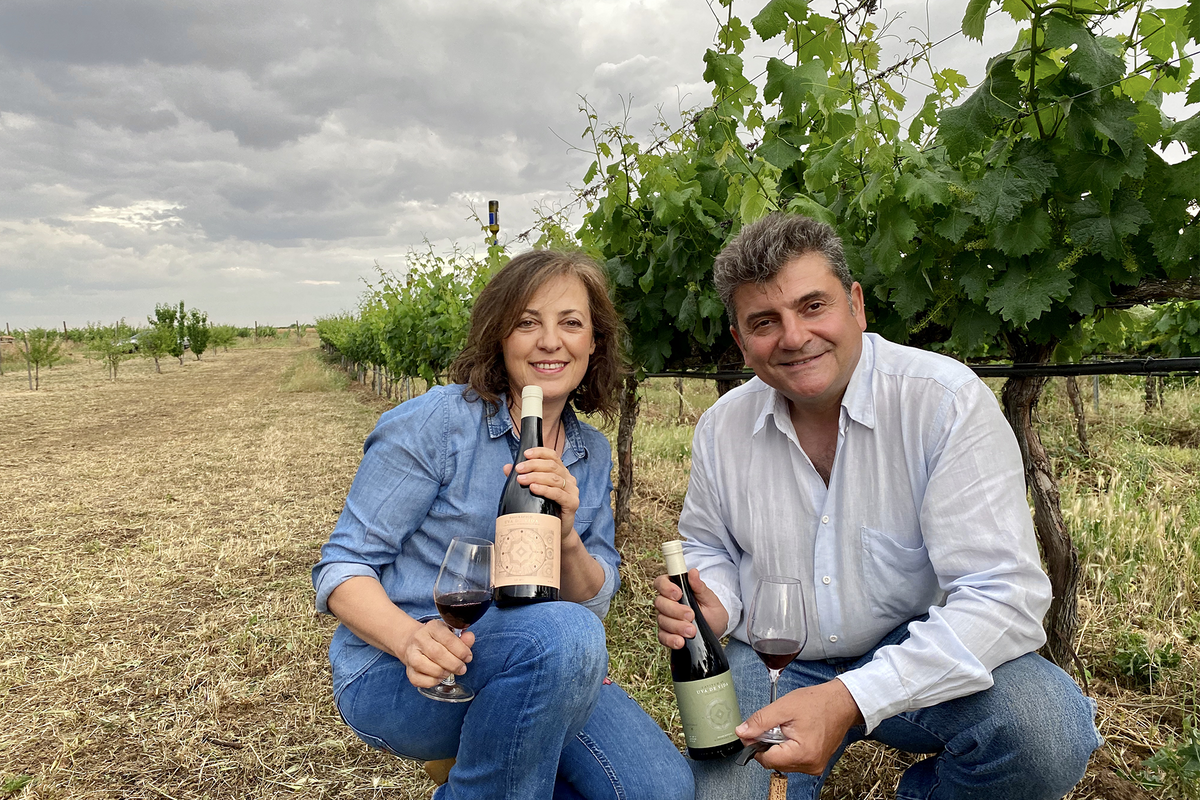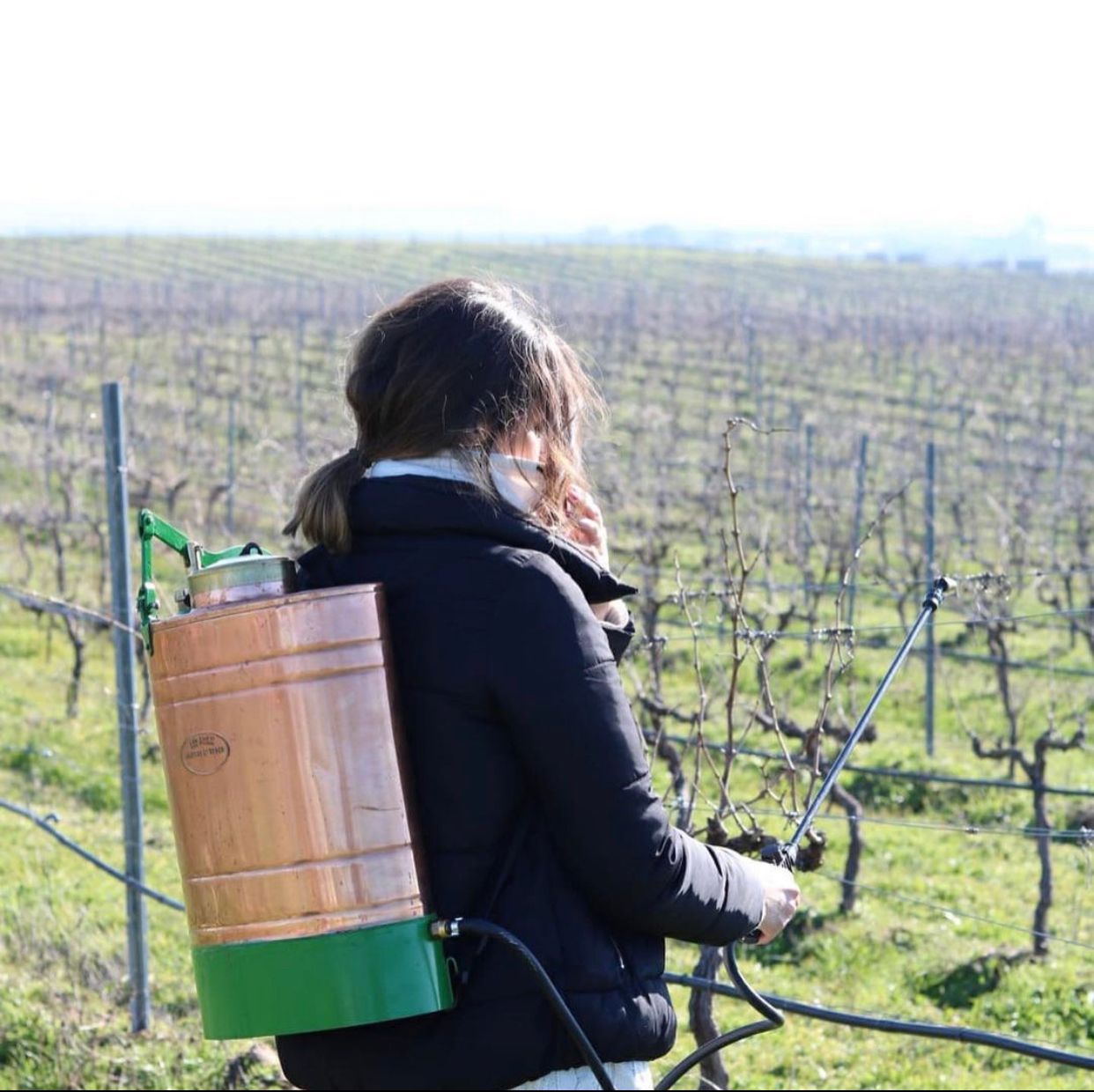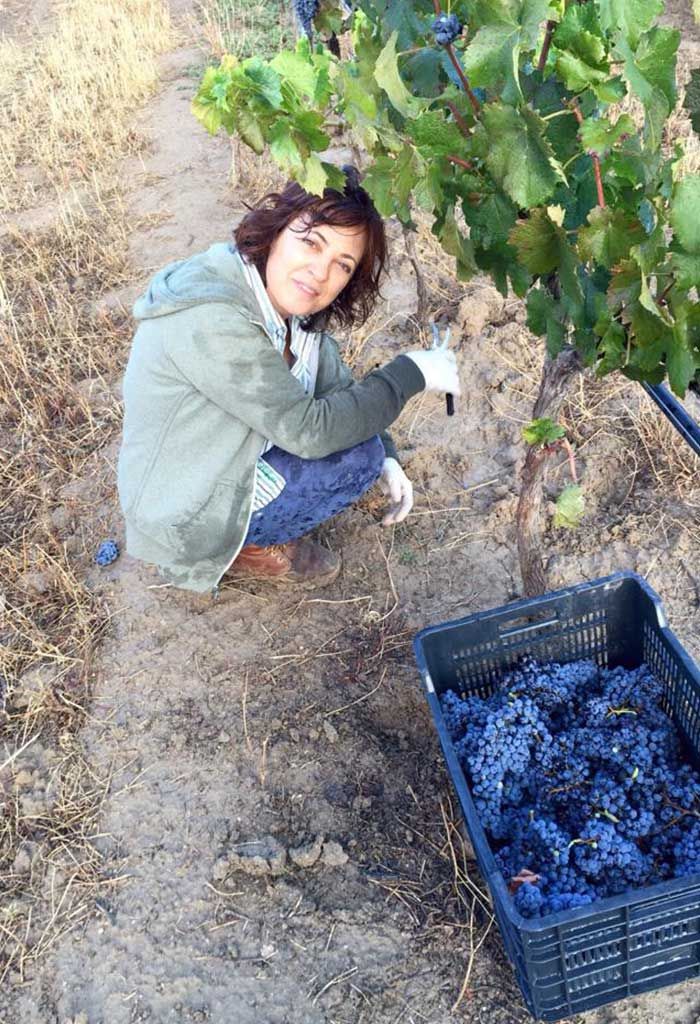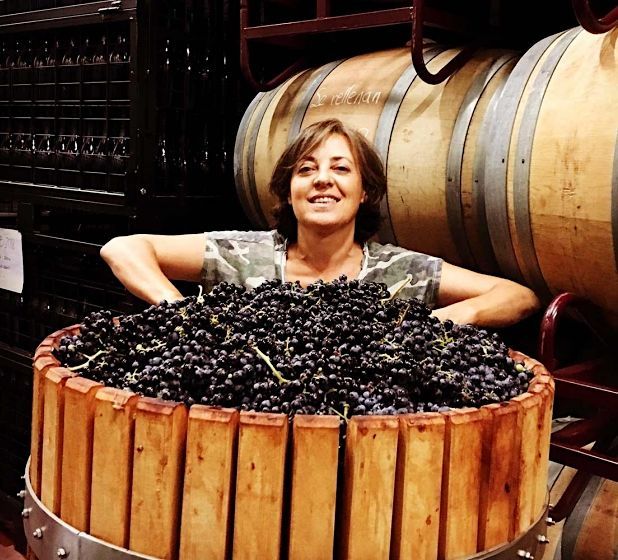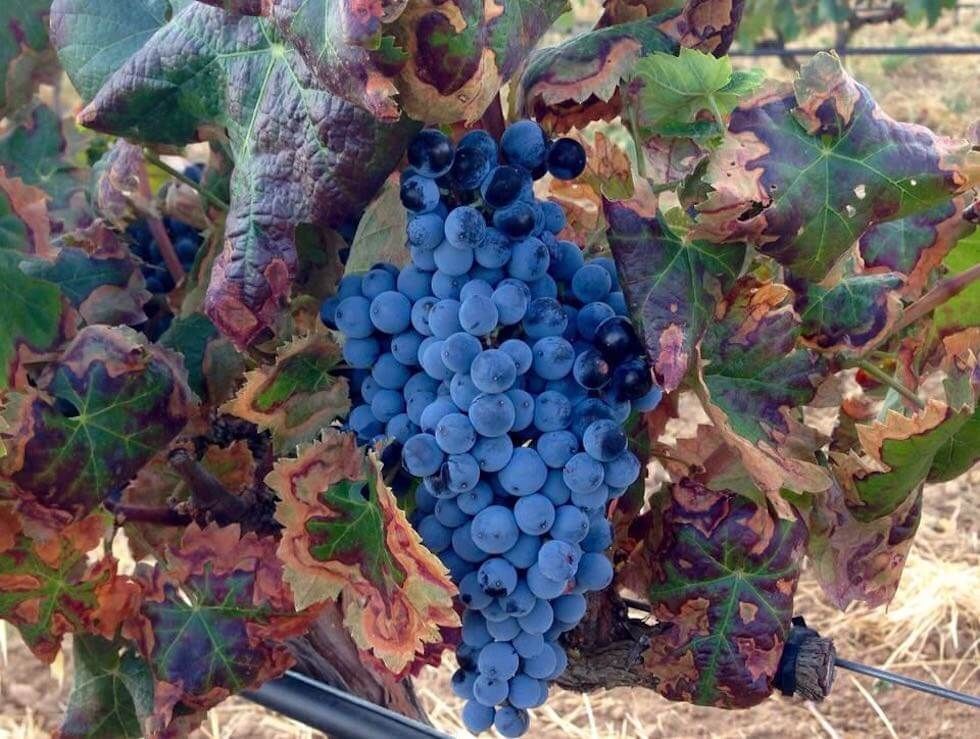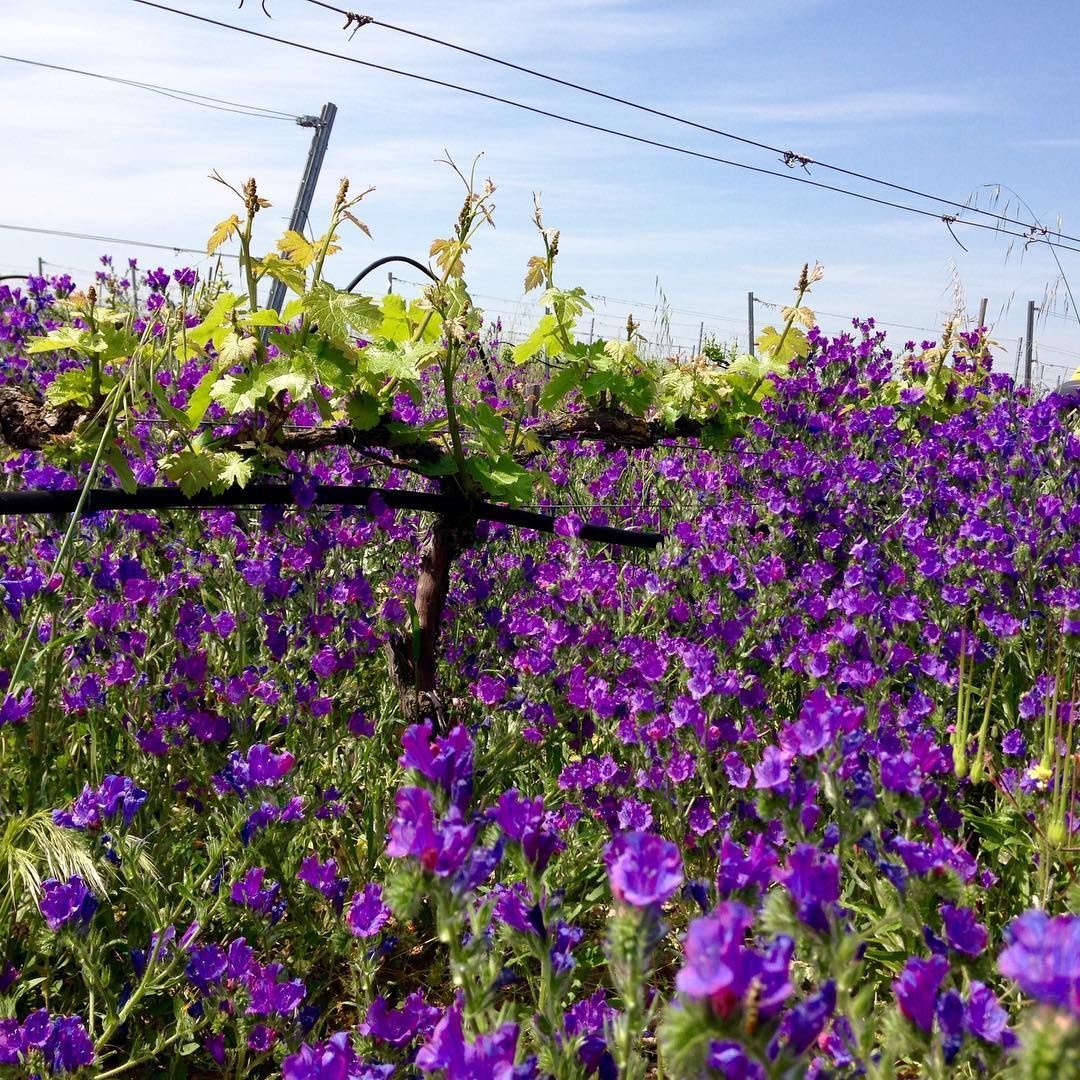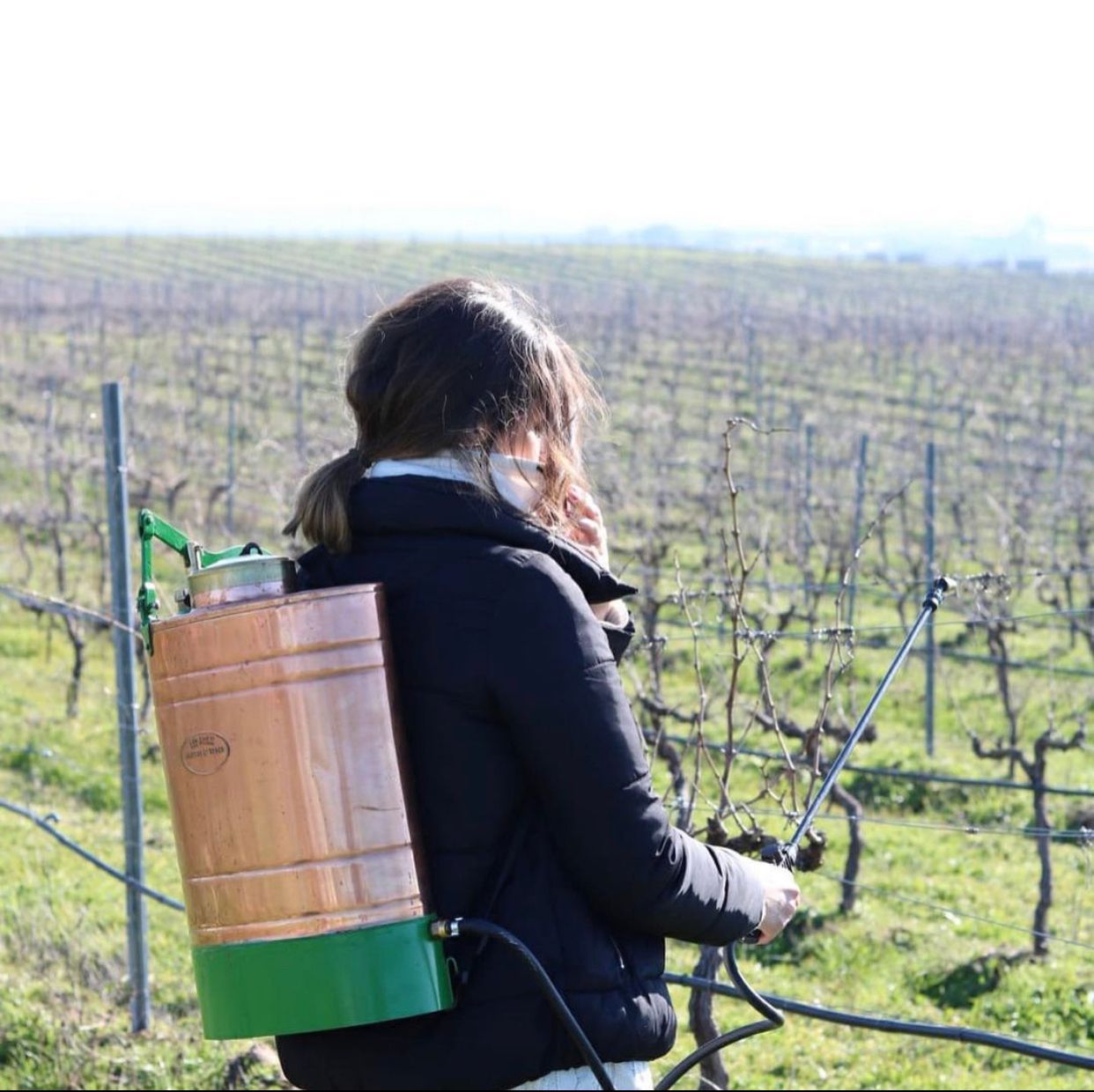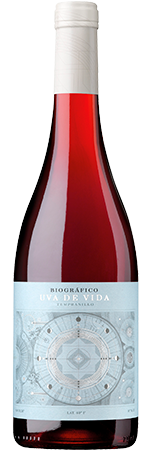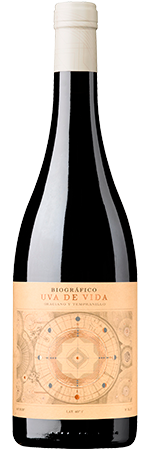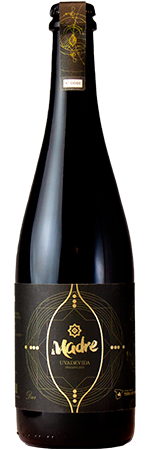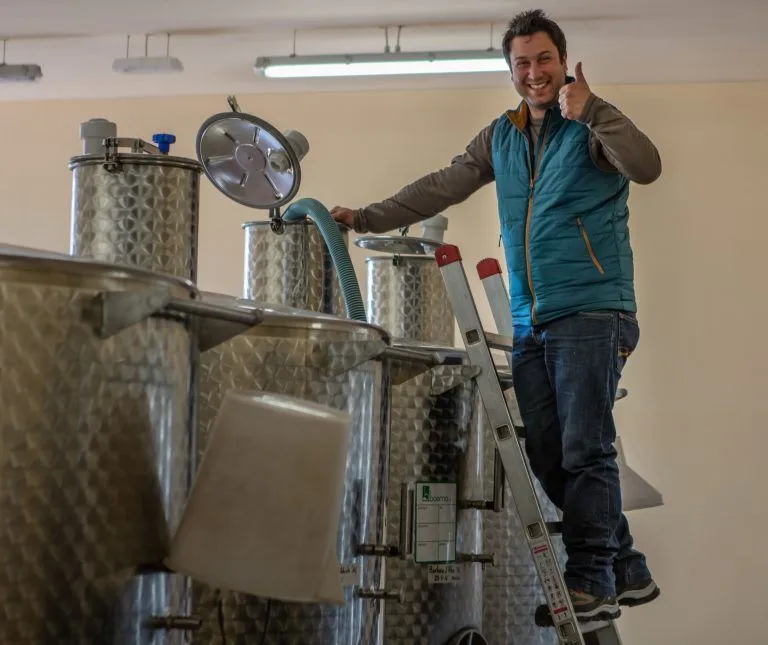Uva de Vida
Santa Olalla, Toledo, Spain
Introducing Carmen López, La Maga de Graciano, a voice in the wilderness preparing the way for Graciano's return to the throne.
Perhaps you’ve heard of Graciano. You may have seen it as that little footnote in a Rioja blend. Perhaps you’ve heard some buzz from California. It would no doubt be a household name if it wasn’t such a bastard to farm because its fruit is universally adored by the tireless growers that haven’t pulled it up. Graciano—aka Bastardo Nero, Morrastel, Bordelais, and Sardinia’s Cagnulari—is a recalcitrant delinquent in the vineyards, yet it gives the most seductive and intensely perfumed juice, such beautiful tannins, and a Hades-deep colour that dazzles the eye. That’s why Graciano is such a key component in Rioja’s best Gran Reservas, and why its all the rage in California right now (especially the Central Coast) since a happy mistake in 2011 saw a nursery sell Graciano to several growers under the false ID of Monastrell/Mourvèdre.*
*Not unlike Mourvèdre in the Rhône or Canaiolo in Chianti, Graciano was widely planted across Spain and the South of France and extremely prized prior to the devastation of phylloxera in the late 19th Century. After Europe's vineyards were re-planted with the phylloxera resistant rootstock to protect them from phylloxera, these former super-star varieties shared the same fate. They didn’t take well to grafting, becoming too low yielding to be commercially viable. We owe the survival of these varieties to the economic sacrifices and dedication of wine farmers!
You must be a devoted grower to endure Graciano’s roguery. Its minuscule yields are eye-watering. It is extremely susceptible to water pressures, especially from mildew, requiring steadfast vigilance while further lowering yields. And to top it all off, Graciano ripens quite late. As another of its devotees, Manfred Krankl of Sine Qua Non, puts it: “Unless Graciano fully ripens, it is not interesting. It needs a lot of hang time.” So this grape really needs a dry place where it can remain on the vine a long time without too much water pressure, with a long enough growing season, with plenty of sun, but also plenty of acidity-preserving chilly nights, and with as few unforeseen late season weather conundrums as one can avoid. Enter Carmen López, a voice in the wilderness, a visionary vigneronne who’s planted a thirteen hectare biodynamic farm on limestone clay sites at 500m above sea level just north of Toledo focusing on this stallion varietal, Graciano.
It is one thing to believe in Biodynamics and apply it in your vineyards. It’s another to combine this philosophy with such a notoriously difficult variety. Carmen López is a true believer. You can see it in her farming. Her vines are not defoliated whatsoever. They grow naturally. Grazing cattle are used for both the ‘mowing’ and the fertilizing. Everything is done according to the lunar calendar. Her spiritual connection to her wines continues into the cellars where music is played and wines like her Madre Graciano are left whole cluster in terracotta amphorae for over nine months on their skins without interference or interruption. These are wines that are tenderly nurtured. All that is good and well but does the juice prove out in the glass? Here is where Carmen goes from being the Don Quixote de Graciano to La Maga de Graciano — she pulls it off!
“If we take care of the earth, we take care of ourselves,” Carmen affirms. “Life has given me a new opportunity.” This is hard-won wisdom for López. After a sudden illness and prolonged recovery, her disposition to life was completely refocused. She saw her personal renewal as something she could mirror in the way she farmed. “We made this decision when my illness pushed us to look for everything related to living and life in seeking to recover health.” In 2005, she and her partner Luis Ruiz pioneered biodynamic farming and winemaking in the Toledo province of Spain. López believed the dry continental climate here could be ideal for Graciano. She planted her vineyards a remarkable 5:2 Graciano to Tempranillo. What a gambit! Graciano is rare enough, let alone among the cereal fields and olive groves of Castilla-La Mancha.
Delgado’s spiritual journey in life and viniculture is reflected in the Mandala symbol on her labels; it mirrors the geometric layout of her vineyards. The eight-pointed star references Toledo’s Arabic and Jewish past and illustrates delicate yet stable balance between spirit and matter. She is part of the international movement in winemaking to recover true symbiosis between the grower and their land. Her Graciano’s are a heady tonic that testify to the immense energy encrypted in this balance.
Wines by this Producer
News, Views and Happenings from Vino al Vino
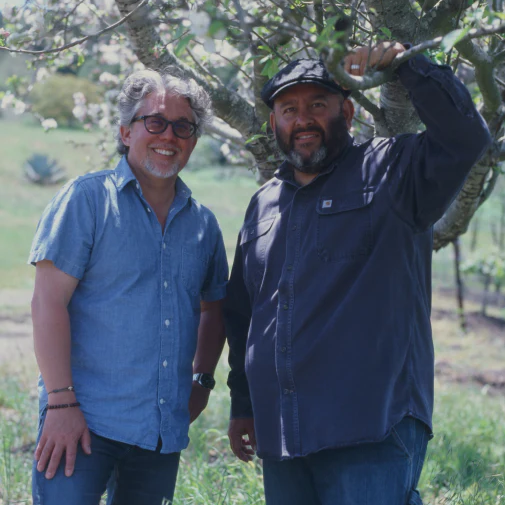
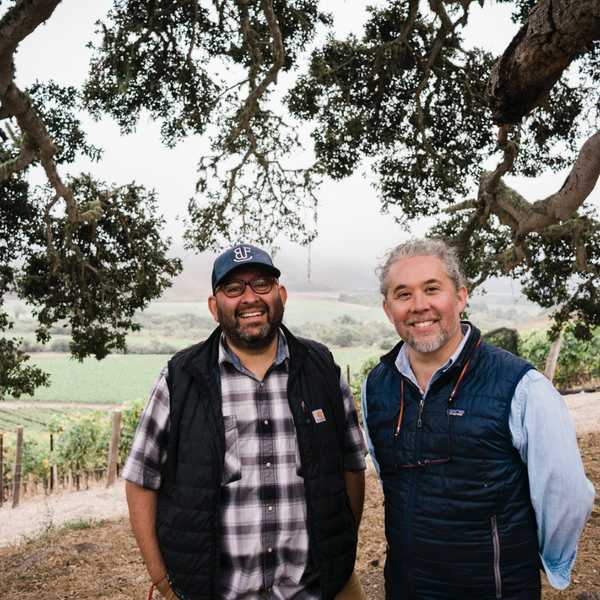
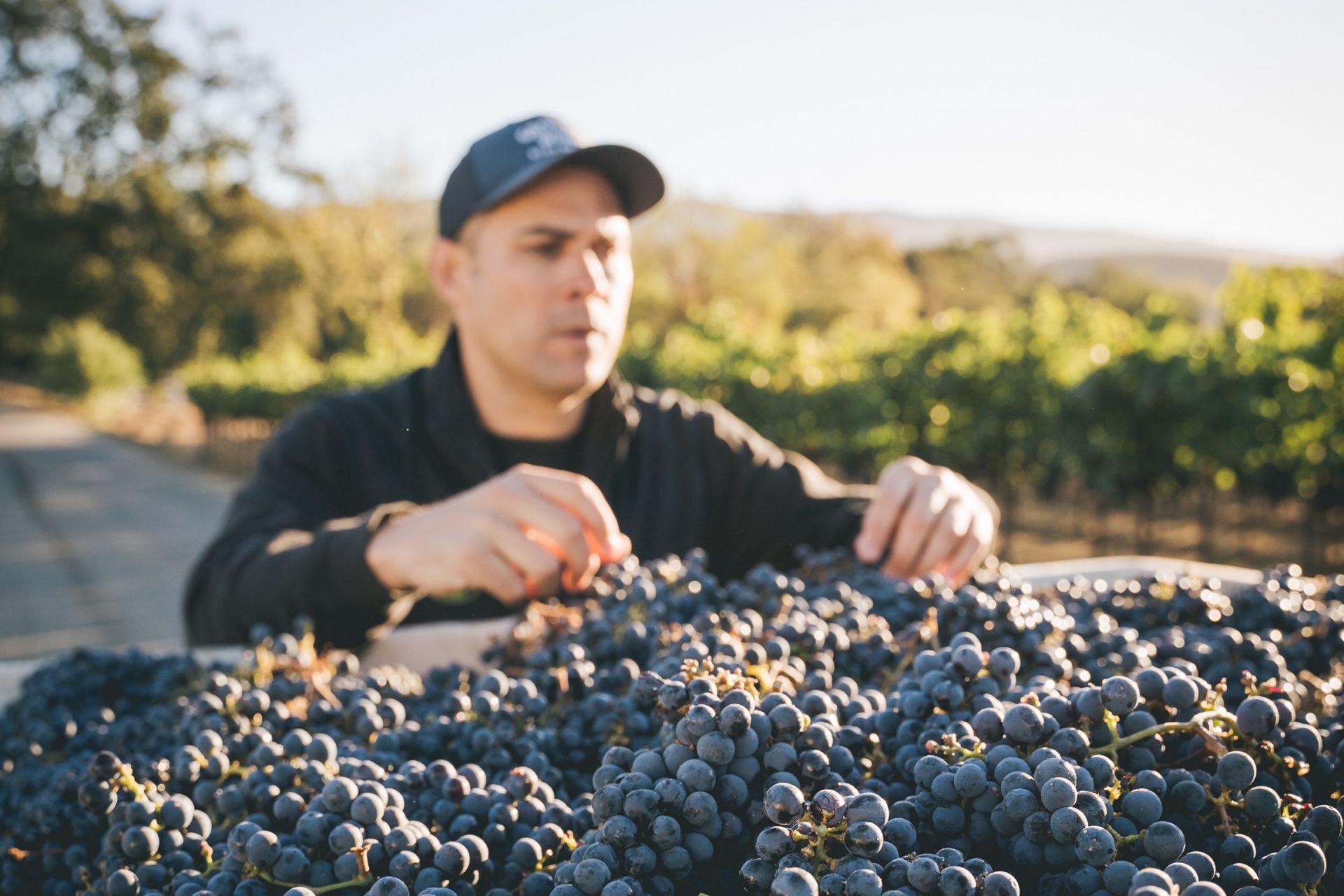
Calgary + Alberta South
Andrew Stewart
403-604-0408
andrew@vinoalvino.ca
Edmonton + Alberta North
Joe Gurba
780-203-5284
joe@vinoalvino.ca
Saskatoon + Saskatchewan
Kerrie Gavin
306-290-0277
kerrie@vinoalvino.ca
Join Our Newsletter*
Contact Us
We will get back to you as soon as possible.
Please try again later.
*By submitting this form, you are consenting to receive marketing emails from: Vino Al Vino Inc. https://www.vinoalvino.ca. You can revoke your consent to receive emails at any time by unsubscribing.
Contact Us
We will get back to you as soon as possible.
Please try again later.
*You are consenting to receive marketing emails from us. You can revoke your consent at any time by unsubscribing.
2014 - 2023 © All Rights Reserved Vino Al Vino Inc.



